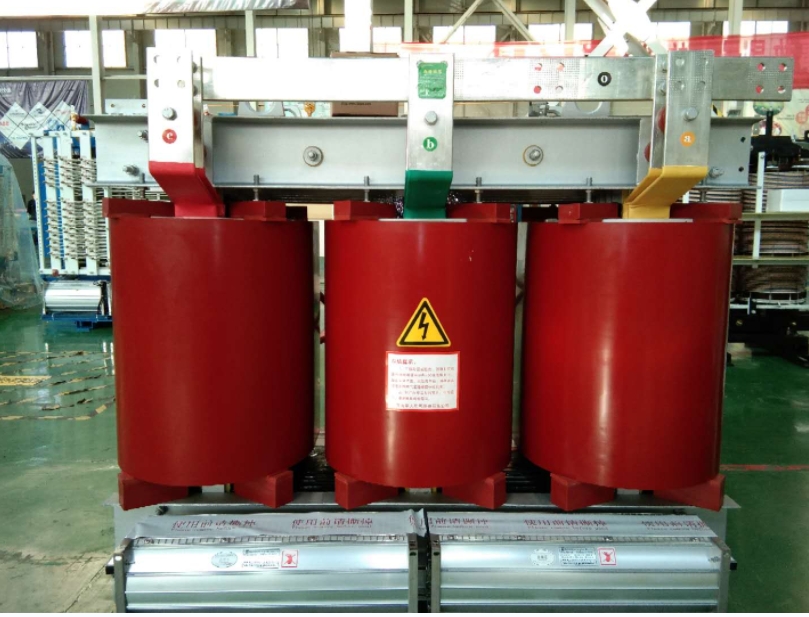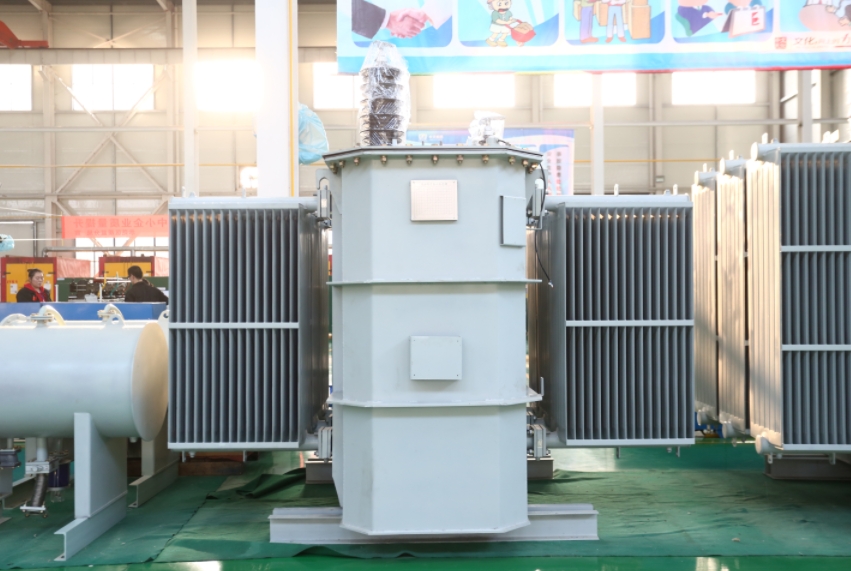Dry-type transformers and oil-immersed transformers are two common transformer types that have some significant differences in insulation and cooling systems:
1. Insulating medium:
Dry-type transformers: Use air or solid insulating materials, such as insulating paper or epoxy resin, to provide insulating properties.
Oil-immersed transformer: Utilizes insulating oil (usually mineral oil or silicone oil) as the main insulating medium and also has a cooling function.
2. Cooling system:
Dry-type transformer: Cooled by air circulation or natural convection, no additional cooling medium is required.
Oil-immersed transformer: Insulating oil not only acts as an insulating medium, but also acts as a coolant, dissipating heat through circulating oil flow or oil cooling equipment.

3. Applicable environment:
Dry-type transformer: It is suitable for places with high environmental requirements, such as indoor power stations, commercial buildings, etc. Because it does not involve the use of oil, it is easier to maintain.
Oil-immersed transformers: Suitable for some places with looser space requirements, such as outdoor power stations, because they are usually larger and may require additional protective measures.
4. Maintenance and environmental protection:
Dry-type transformers: are generally easier to maintain, do not involve oil pollution issues, and are more environmentally friendly.
Oil-immersed transformers: The oil quality needs to be checked and maintained regularly, and there is a risk of possible oil leakage and oil contamination.

5. Cost:
Dry-type transformers: Typically higher in initial investment and operating costs, but in some applications this is compensated for by lower maintenance costs and longer service life.
Oil-immersed transformers: Initial cost may be relatively low, but may require more frequent maintenance and have a shorter lifespan.
The choice of dry or oil-immersed transformer depends on the specific application needs, environmental conditions and considerations of maintenance and operating costs.

Tags:
Enameled Wire Copper wire Aluminum wire Enamelled wire Aluminum Winding Wire Magnet wire Modified polyester Round copper wire Heat resistance Enameled aluminum wire